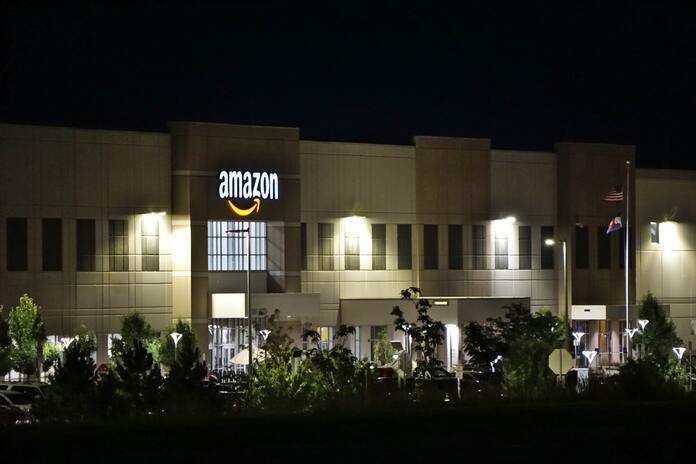Amazon Stock (NASDAQ:AMZN)
Investors in Amazon (NASDAQ:AMZN) have struggled this week, as the company’s earnings report implies that Amazon Web Services, or AWS, may have difficulties in resuming its growth pace.
Q1 Results
With AWS accounting for roughly $5.12 billion in operating profits in the first quarter, the spotlight was always going to be on AWS. Amazon’s North American sector earned $898 million in operational profitability, a major increase above the previous year’s operating losses of $1.57 billion.
However, the International segment continues to bleed, with operating losses of $1.25 billion, just slightly better than last year’s operating losses of $1.28 billion.
AWS’s topline increased by only 16% year on year in FQ1, constrained by ongoing optimization and macro issues. However, the company’s outlook for AWS in FQ2 is likely to lower investors’ expectations yet again.
While Amazon’s hyperscaler peers, Google (NASDAQ:GOOGL) and Microsoft (NASDAQ:MSFT), saw their revenue growth slow further in FQ1, Amazon’s 16% growth trailed its peers significantly.
As a result, the market’s concerns over the 11% YoY rise in April must be taken into account. Management has yet to persuade investors that the company’s AI initiatives will assist in regaining its near-term growth pace.
As Microsoft embedded its Copilot across its tech stack, Microsoft CEO Satya Nadella provided several metrics of strong adoption among its customer base.
As a result, Nadella’s remarks were carefully laced with examples of “gaining share” versus competitors, implying that its customers have become enamored with its AI technologies.
However, we did not receive such observations from Amazon management, implying that its AI stack is comparable to Microsoft’s. Regardless, CEO Andy Jassy is dedicated to creating the “world’s best personal assistant.”
Jassy believes that over time, Amazon will have the scale and machine learning credentials to build proprietary foundational large language models for its clients. It also has several noteworthy AI companies on its platform, such as AI 21 and Anthropic and Stability.
As a result, AWS clients have a number of interesting options and the flexibility to benefit from these models while utilizing Amazon’s specialized processors for training and inference.
Amazon is still likely to be ahead of Microsoft in this area. Jassy emphasized Amazon’s advantage in customized chips, stating that the company has been “working for several years on building customized machine learning chips.”
As a result, Amazon believes it has the proper balance of “price and performance,” which will be “pretty differentiated and very significant.”
Stratechery’s Ben Thompson recently stated that “startups using the OpenAI API are probably using AWS for the rest of their backend.”
He did, however, add, “At least Microsoft is in the BOM; smart startups should just go to Azure directly.”
Furthermore, Microsoft has been developing its own AI chips, codenamed Athena. According to The Information, Microsoft aims to “keep up with Google and Amazon, which have already developed their own chips.” Microsoft may also be ready to make Athena “available for internal use and OpenAI as early as [2024].”
In other words, while releasing its Copilot stack through its ecosystem, Nadella is likely closing the gap quickly with his hyperscaler counterparts.
Amazon Stock Is No Longer Cheap
We would have loved to hear more about Jassy and his team’s AI gains, but we have yet to hear from them. Furthermore, management must persuade investors that it is on track to mitigate potential share losses against Microsoft in the future, as Amazon stock is no longer cheap.
AMZN’s value is not appealing enough.
As a result, AMZN is still priced for growth via AWS. As a result, investors must consider whether they are convinced that the firm can re-establish its high-growth cadence in cloud computing, given that its e-commerce segment lacks the same level of profitability and growth pace to support its stratospheric valuations.
Our price action research indicates that AMZN’s buy levels are not optimum, implying that the current levels are not conducive to aggressive buying.
As a result, we don’t see any compelling reasons for investors to contemplate adding Amazon stock at current prices, as AMZN battles to regain its AWS momentum.
Featured Image: Pexels @ Joshua Brown















